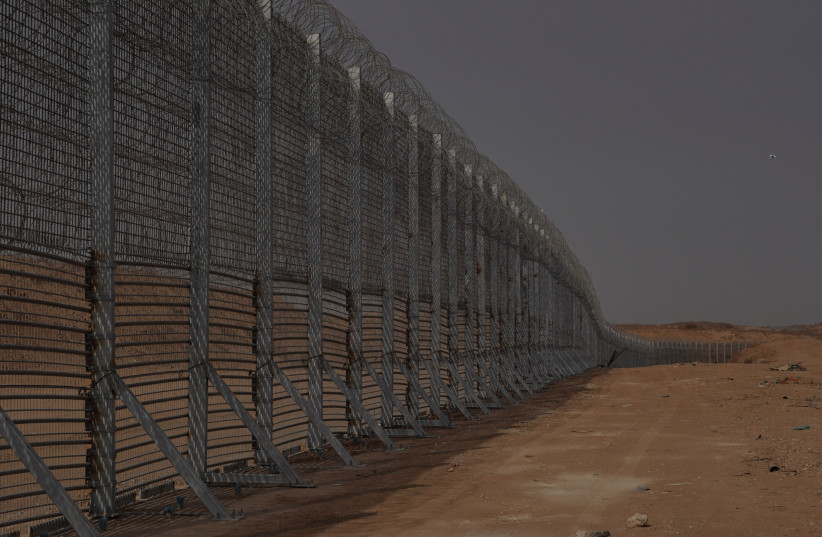Officers in the IDF's Southern Command claim that the robotics project on the Gaza border, which aims to locate and attack terrorists without exposing IDF soldiers to the Palestinian side, is not progressing according to expectations. This is despite the fact that in the summer the IDF took public pride in the project. "There are quite a few difficulties."
A "smart and deadly border" is a resource-intensive project that aims to integrate robots that will replace soldiers along the border with the Gaza Strip. The project includes advanced means of observation, quadcopters collecting information along the border and attacking and remotely controlled vehicles patrolling along the border fence along the road in order to detect infiltrations and suspicious elements.
Last summer, the Gaza division publicly boasted of a project that aims to reduce as much as possible the exposure of IDF fighters to fire from the Palestinian side, which usually includes anti-tank missiles or sniper fire, and even scenarios involving terrorists coming out of tunnels near the border. But according to officers in the Southern Command, the project is not progressing according to expectations: "There are quite a few technological difficulties that they currently do not seem to be overcoming. And more than that there are quite a few debates within the military about how it should proceed. The arguments are holding up the project."
An officer from the ground forces who is exposed to the processes of the expensive project, said that “the idea behind a ‘smart and deadly border’ is brilliant. How to integrate robots in operational activities to prevent harm to soldiers. But what can be done that there are significant gaps in the integration between the systems. Safety requirements are high. There is also difficulty in approving firing or attacking from a distance. So much so that they were very apprehensive about combining the various means in Operation Guardian of the Walls. They were concerned about errors in quadcopters or remotely controlled vehicles."
The officer also said in a closed conversation that "whoever hurried to reveal the project in public and conveyed a feeling as if [it would be ready] in just another moment is becoming a mistake and deception maker. In the meantime, it costs a lot of money and it does not seem to be progressing." Very soon, the commander of the Ground Forces, Major General Tamir Yedai, will be required to make decisions regarding the progress of the project and the technologies integrated in it.
It is important to emphasize that the IDF's "advance guard" project, which incorporates remotely controlled vehicles as part of a land maneuver to the depths of enemy territory, has not been able to advance according to IDF schedules, and for several years there has been no decision to define it as operational.
The IDF Spokesperson's Unit said: "The 'Smart and Deadly Border' project is currently in the learning and operational development phase, in combination with the defense industries and in cooperation with the relevant IDF bodies, in order to exhaust the insights before expanding it to other areas. From the project, it completed its first operational trial in the northern sector of the Gaza Strip and, due to development challenges, moved on to the relevant bodies. The progress of the project continues and is done in accordance with a variety of considerations, the first of which is the ability of the tools to provide an optimal operational response in the sector. We emphasize that processes from the project have already been implemented in practice as part of the multi-dimensional protection concept. The 'smart and deadly border' is an innovative and complex project that is done with the aim of strengthening border protection by technological means and advanced digital capabilities. The schedules, the budget and the decision-making of the project by the IDF are carried out through the Defense Ministry, as is customary in every project."

